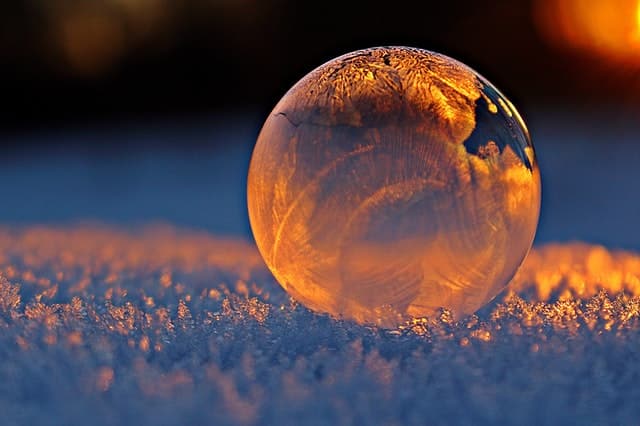Whole Home Humidity and the Mold it Can Bring

Winter is here, and the air is dry. You’ve already noticed the dryness, haven’t you? Maybe you’ve started using lip balm. Or maybe you’ve put on some wool socks, run across the living room carpet, and administered a static surprise to your significant other (or your kids). Whatever the case, it’s apparent that the air isn’t holding much humidity. Whole-house humidifiers are common nowadays for fixing just this problem, they attach to your ductwork and blow moist air into your home, raising your relative humidity and, in theory, improving overall comfort. However, improperly maintained and cared for humidifiers aren’t always the best option for increasing humidity during winter. What’s more, humidifiers can cause just as many problems as they solve.
Your humidifier adds moisture to the air then blows it though your duct work, however if your humidifier is not properly adjusted that moisture can condensate on walls and windows. Wherever there is excessive moisture content, mold growth is bound to take place. Mold growth is very dangerous because it causes a lot of health problems. The chances of developing respiratory ailments is very high because mold infects the air that we breathe. It can lead to several allergic reactions including coughing, sneezing and itching eyes. The duct where the humidifier is placed is the main place from where the growth of mold starts and the mold spores get distributed all through the air in the house when the system is on. These mold spores infiltrate into the HVAC system and get further circulated in the air when that system is on.
While humidifier-induced mold sometimes clings to ceilings and walls, the mold that results from your humidifier isn’t always visible. It might be inside your walls or – and this is common – lining the inside of your ducts. The “moldy ducts” scenario is more likely if you have uninsulated ducts or a lot of your ductwork resides in an unconditioned area (like your attic). It’s cold in your attic, so moisture accumulates on the ducts when your humidifier is running. Then mold starts to grow there.
Mold, as you well know, can really do a number on indoor air quality. It’s bad to breathe it in. And if you’ve got asthma, a moldy environment can be dangerous. The bottom line is that you don’t want to grow mold in your home, but you don’t want your air to be too dry either. For help with indoor air quality testing call us today!

